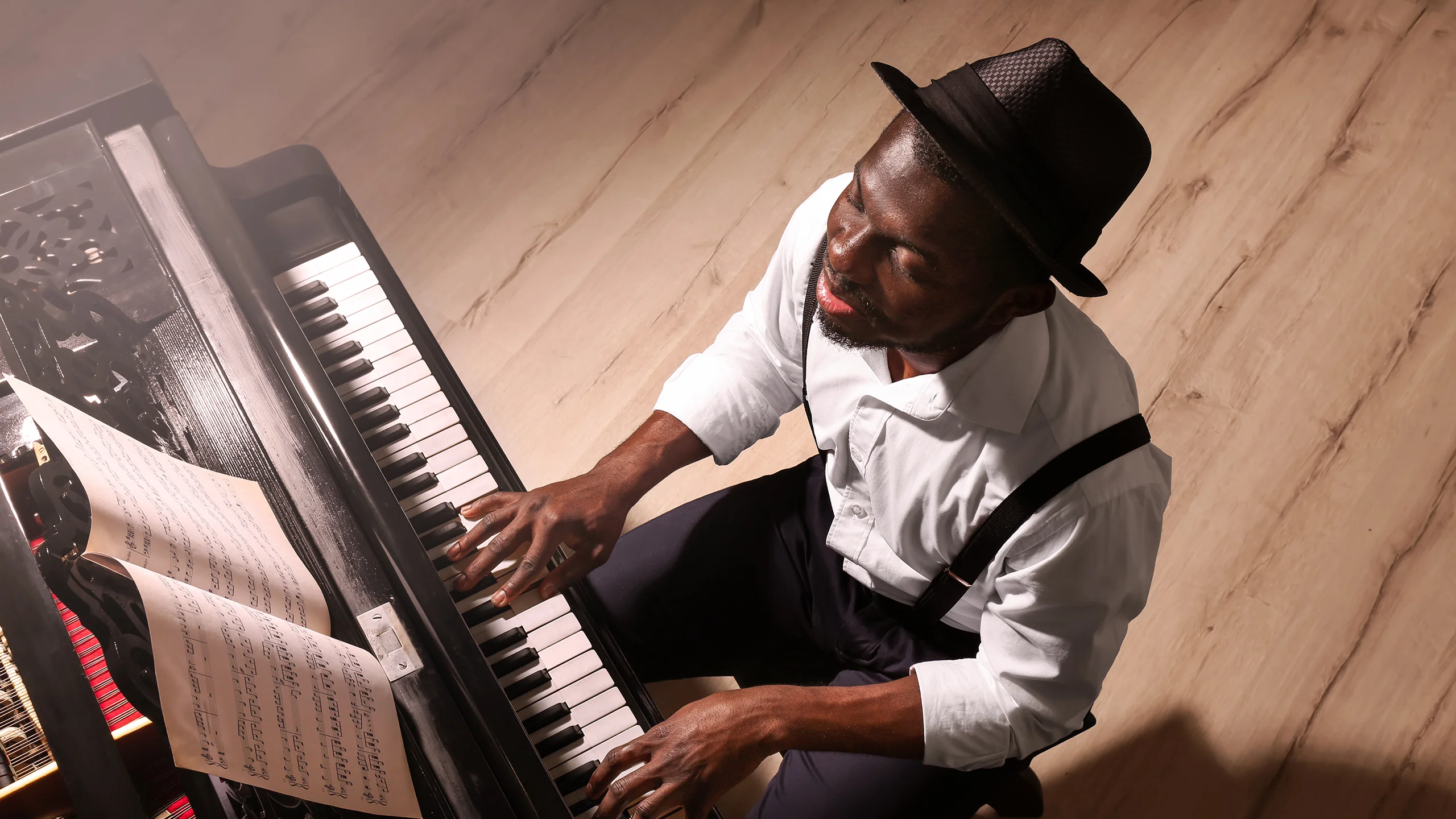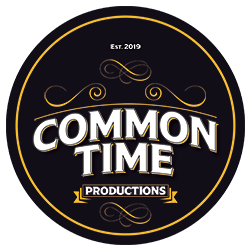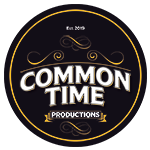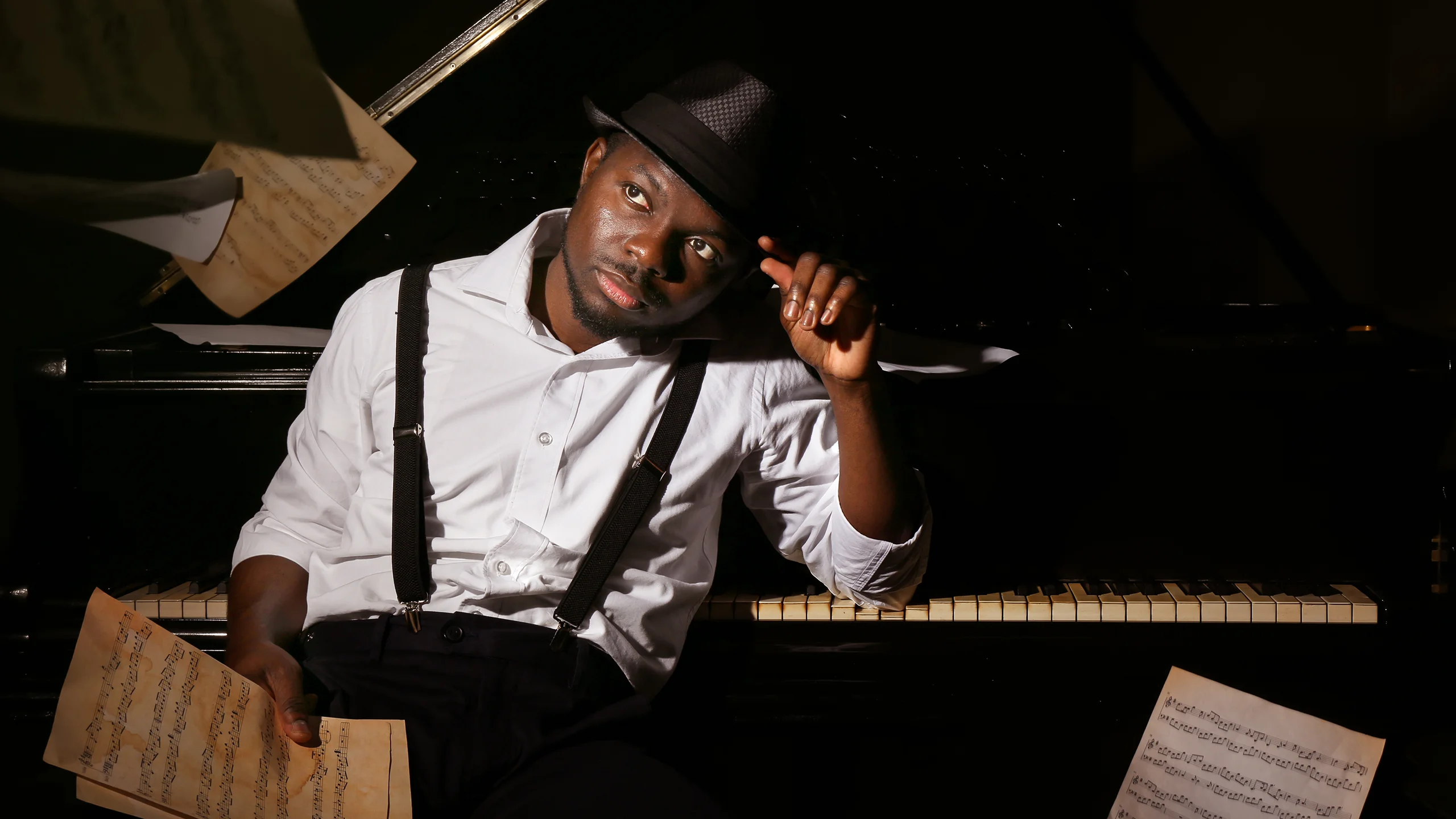Ah, chords in songwriting. They are the unsung heroes in the world of songwriting. When you hum along to your favorite tune, it’s often the melody that sticks. But beneath that melody, chords are diligently working, giving depth, emotion, and context. Let’s embark on a journey to appreciate these harmonious clusters and their indispensable role in crafting iconic songs.
A Historical Glimpse
Music, in all its intricate glory, has seen its share of transformation. Delving into its rich past, the birth and evolution of chords stand out as a tale worth telling. Initially, melodies were primarily monophonic – think singular, unlayered tunes. But as curiosity and creativity fused, chords made their grand entrance. From the nuanced harmonies of the Renaissance era to the sophisticated sequences that Baroque masters, like Bach, dabbled in, chords were continually morphing. Fast forward a tad, and genres like jazz and rock burst onto the scene, each tweaking and turning chords into new, emotion-fueled progressions. Truly, the tale of chords isn’t just about music; it’s a chronicle of human innovation!
Popular Songwriting Examples Over The Decades

Spanning decades, iconic tunes have echoed through time, each with a unique story. The Beatles’ timeless harmonies, Queen’s groundbreaking anthems, and Adele’s soulful ballads all share a common thread – the artful use of chords. As the decades unfurled, chords evolved, weaving intricate tales in songs, from disco beats to indie acoustics. It’s the ever-changing tapestry of chords that’s given us melodies to cherish, shaping the soundscape of generations.
Chords: The Emotional Backbone
If songs were stories, chords would be the emotional undertones. A major chord might paint a sunny day, while a minor chord hints at an impending storm. Diminished chords? They’re plot twists, introducing an element of surprise. A song can journey through joy, sorrow, nostalgia, or hope, all by the clever choice and sequencing of chords.
Harmonic Progressions: The Unsung Hero

Behind every great song lies a masterful sequence of chords. It’s this sequencing – the harmonic progression – that creates peaks and troughs, tension, and release, making a song feel like a roller-coaster of emotions. Ever wondered why certain songs feel unresolved until the very end? Or why do some songs have that one moment that feels like an emotional climax? It’s the magic of harmonic progression.
Extended & Altered Chords
Now, for those who adore a little pizzazz, extended, and altered chords are your paintbrushes. Instead of sticking to the basic triads, songwriters sometimes venture into 7ths, 9ths, or even 11ths. These chords introduce layers of complexity, often found in jazz or progressive rock, offering a richer harmonic palette.
Using Chord Alterations To Add Uniqueness
Every songwriter reaches that juncture where they crave a touch of novelty. Enter altered chords. Not your everyday harmonies, these are the intriguing twists in the musical plot. When a song feels a tad predictable, altered chords saunter in, offering an unexpected tonal detour. Think of them as the secret spices in a chef’s dish, elevating the ordinary to gourmet levels. From jazz maestros to modern pop wizards, many have dabbled in the world of altered chords to carve out distinct sonic identities. So, for those thirsting for a dash of audacious originality, it’s time to embrace the allure of altered chords. After all, it’s in the unconventional that true art often thrives.
Chords In Different Genres
Pop. Jazz. Blues. Rock. Country. Each genre has its hallmark chord progressions that give it a distinct flavor. While pop might favor catchy and repetitive sequences, jazz often delves into intricate and unexpected progressions. Recognizing these genre-specific nuances can be a delightful journey of musical exploration.
Crafting The Perfect Chorus

The chorus is the heart of a song. It’s that segment you can’t help but sing along to. Crafting a memorable chorus often revolves around choosing a chord progression that’s both familiar and striking. It’s about building to that moment, making listeners feel the euphoria, the sadness, or the hope the song aims to convey.
The Role Of Inversion & Voicing
Same chords, different sound? Enter inversions and voicings. By simply changing the order of notes or the way they’re played, a chord can sound fresh, invigorated, and sometimes entirely different. It’s like viewing a sculpture from another angle – familiar, yet new.
Chords & Lyric Interplay
Songs are stories set to music. And just as every word matters in a tale, the interplay between lyrics and chords is pivotal in songwriting. Chords can amplify the narrative, create contrasts, or bring out hidden depths in lyrics. When chords and lyrics align perfectly, the result is a song that resonates on multiple levels.
Conclusion
As we conclude our melodious journey, it’s evident that chords are not mere accompaniments. They’re the pulse, the storytellers, and the heartbeat of every song. To all aspiring songwriters, bear in mind: the universe of chords is vast and endlessly rich. Embrace it, venture into its depths, and let chords propel your tunes to greater heights. Also, here’s some exciting news – we’ll be unveiling examples of these very chords, complete with music and hands-on tutorials, on our website and YouTube channel soon. So, stay tuned, and let’s continue this exploration together!
If you would like to learn more about music and the history of songwriting, click the link below to be taken to another article that talks about exactly that!
About The Author

Mary Nance
Mary is a multi-talented small business entrepreneur and creative artist, specializing in teaching, content creation, and custom songwriting. With a passion for empowering aspiring content creators, she offers lessons in Unreal Engine, music, and other content creation tools through her social media communities of CommonTime Productions.



Leave A Comment